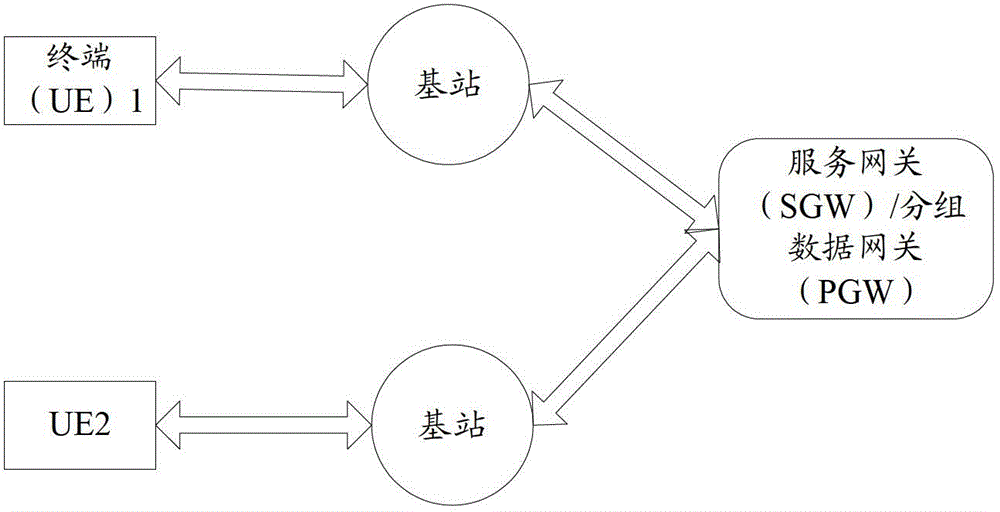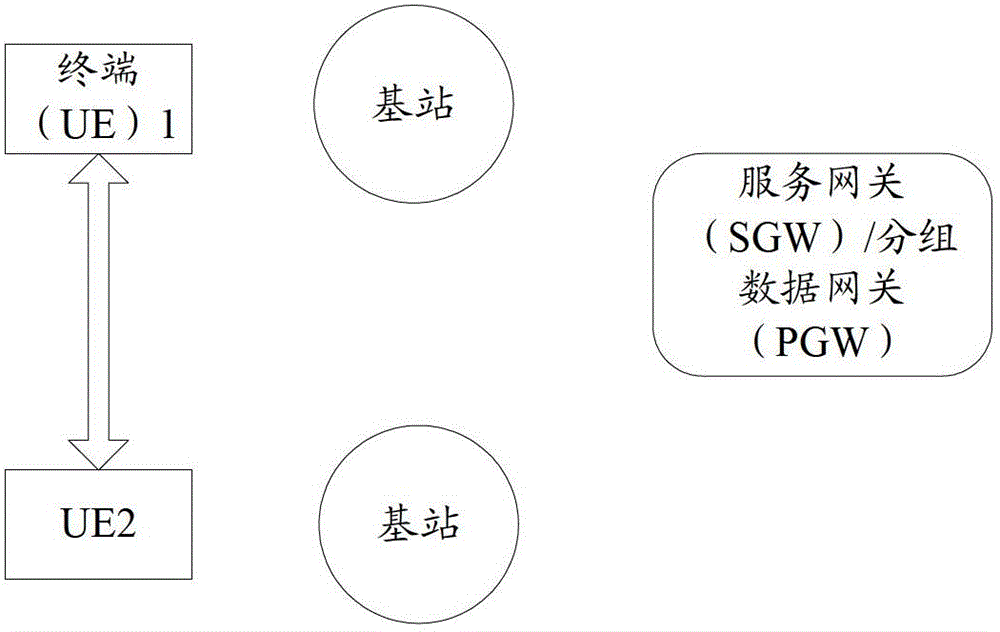Data sending and receiving method and device
A data sending method and technology at the receiving end, applied in digital transmission systems, using return channels for error prevention/detection, electrical components, etc., can solve problems such as wasting OFDM symbols and unable to send data normally, so as to ensure correct transmission and save transmission Effects of Symbolic Resources
- Summary
- Abstract
- Description
- Claims
- Application Information
AI Technical Summary
Problems solved by technology
Method used
Image
Examples
Embodiment 1
[0087] It is assumed that the D2D sending terminal sends D2D data in one D2D subframe, and the modulation mode of the D2D data is OFDM or DFT-S-OFDM. The number of OFDM symbols in a D2D subframe (the OFDM symbols mentioned later can also refer to DFT-S-OFDM symbols) is denoted as L, respectively numbered 0,...,L-1, and OFDM symbol 0 is the first OFDM symbols, OFDM symbol L-1 is the last OFDM symbol. In the LTE system, L=12 (under the extended cyclic prefix (CP)) or L=14 (under the normal CP). Note that the number of IFFT / FFT transformation points in OFDM or DFT-S-OFDM modulation is N.
[0088] The first and / or Lth OFDM symbols in a D2D subframe are characterized by the fact that the transmitted time domain signals are repeated back and forth, that is, the first 1 / 2 symbol and the last 1 / 2 symbol of the first OFDM symbol are transmitted The signal is repeated in the time domain, and the signal transmitted by the first 1 / 2 symbol and the last 1 / 2 symbol of the Lth OFDM symbol ...
Embodiment 2
[0097] The D2D receiving terminal only receives the second half of the time domain signal of the first OFDM symbol of the D2D subframe in the time domain, and / or receives the first half of the time domain signal of the Lth OFDM symbol, such as Figure 8a shown.
[0098] After the D2D receiving terminal receives the second half of the time domain signal or the first half of the time domain signal (the CP has been removed), there are several processing methods as follows:
[0099] First, use N / 2-point DFT transform (FFT) to transform the time-domain signal sampling points into the frequency domain for equalization processing, such as Figure 8b shown. Before performing DFT transformation, it is necessary to weight the time-domain sampling values, and the specific weighting method is z k =g k r k , k=0,1.,,,.N / 2-1. where g k is the weighted value of the kth time-domain sampling value point.
[0100] If the signal is transmitted on even subcarriers, then g k =1, k=0,1.,,,....
PUM
 Login to View More
Login to View More Abstract
Description
Claims
Application Information
 Login to View More
Login to View More - R&D Engineer
- R&D Manager
- IP Professional
- Industry Leading Data Capabilities
- Powerful AI technology
- Patent DNA Extraction
Browse by: Latest US Patents, China's latest patents, Technical Efficacy Thesaurus, Application Domain, Technology Topic, Popular Technical Reports.
© 2024 PatSnap. All rights reserved.Legal|Privacy policy|Modern Slavery Act Transparency Statement|Sitemap|About US| Contact US: help@patsnap.com










